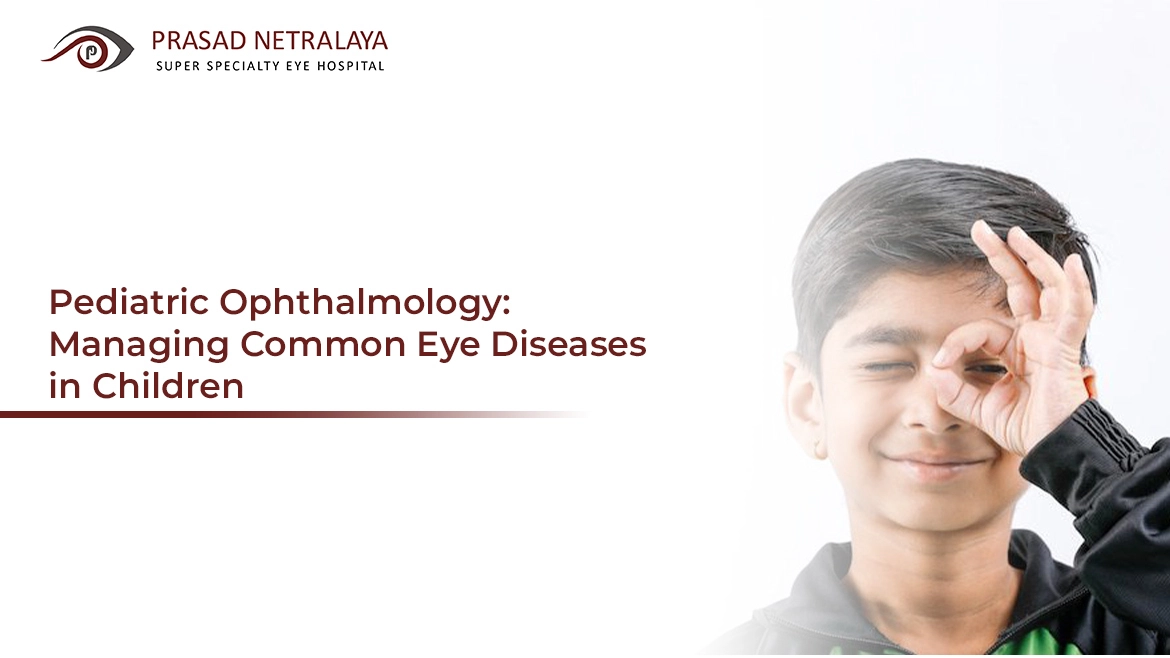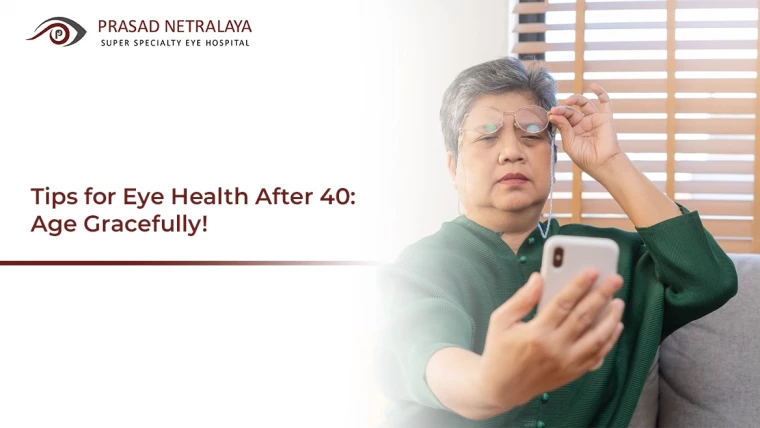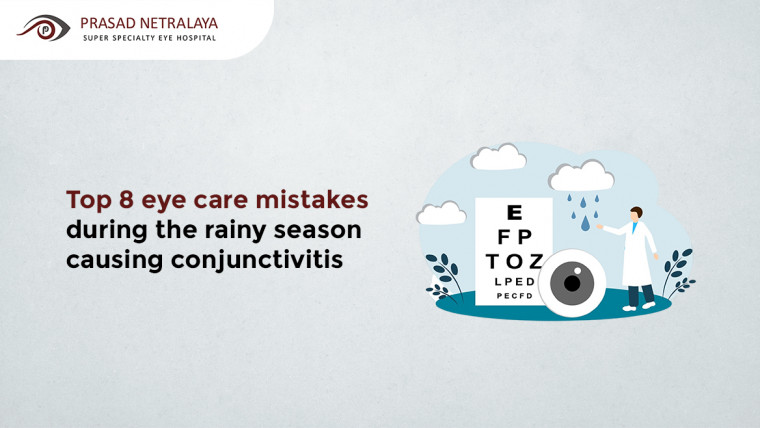As a parent, staying informed about the various eye diseases affecting children can help you ensure your child’s eye health.
Eye problems in children can range from minor issues like conjunctivitis to more severe diseases like retinoblastoma. These can later on lead to vision problems, learning difficulties, and, in severe cases, even blindness. Fortunately, pediatric ophthalmologists are trained to diagnose and treat these diseases.
In this article, we’ll explore five common eye diseases in children and how pediatric ophthalmologists can help manage them.
Table of Contents
5 Common Eye Problems in Children
We spoke to several paediatric experts about common eye problems children may experience. Based on their insights, we’ve compiled a list of the five most common ones.
1. Amblyopia (Lazy Eye)
Amblyopia, or lazy eye, is a vision condition that commonly affects children. It happens when one or both eyes don’t develop normal vision due to abnormal brain function. It can lead to weak vision and potential long-term vision problems if not treated promptly.
The good news is that amblyopia can be corrected with early detection and appropriate treatment.
Paediatric ophthalmologists often recommend therapies like glasses, eye patches, and special drops to strengthen the weaker eye and improve vision.
Regular eye check-ups help in detecting amblyopia and other eye diseases in children early on and prevent long-term vision issues.
2. Conjunctivitis (Pink Eye)
Conjunctivitis, also known as pink eye, is a condition in which the white part of the eye, known as the conjunctiva, becomes inflamed and swollen due to infection, irritation, or allergies.
As one of the most common eye diseases in children, this contagious infection spreads through contact with contaminated eye secretions and can cause itchiness, tears, or a sticky discharge from the eyes, especially in children under five.
Despite its alarming appearance, conjunctivitis is a relatively minor infection that can be effectively treated with antibiotic eye drops, ointment, anti-allergy medication, or lubricating eye drops.
3. Chalazion
A chalazion is a swelling that can appear on the upper or lower eyelid due to blockage or inflammation of an oil gland. Although initially painless, it can become infected, leading to the swelling spreading to the entire eyelid and causing discomfort.
If left untreated, a chalazion can lead to eye problems like blurred vision, astigmatism, and eyelid deformity.
Applying warm compresses for 10–15 minutes, 4–6 times daily for several days, can resolve a chalazion without requiring much medical intervention.
4. Astigmatism, Farsightedness, and Nearsightedness
Astigmatism, farsightedness, and nearsightedness are the most common refractive errors or eye diseases in children and adults. These conditions occur due to abnormalities in the shape of the eye that cause light to focus incorrectly on the retina, leading to blurry or distorted vision.
- Astigmatism: The cornea is irregularly shaped, leading to distorted vision at any distance.
- Farsightedness: In this condition, distant objects can be seen clearly, but close objects may appear blurry.
- Nearsightedness: Closer objects are seen clearly, but distant objects appear blurry.
Children may not realize they have a refractive error and may experience headaches, eye strain, and difficulty in school.
Early detection and treatment by a paediatric ophthalmologist with glasses, contact lenses, or surgery can correct these issues and prevent further complications in the child’s vision.
5. Pediatric Cataract
Although cataracts are commonly associated with older adults, children can also develop them. Paediatric cataracts cause cloudiness or opacification of the eye’s normally clear lens, hindering normal visual development.
Early detection and treatment are crucial to preventing long-term eye problems, and symptoms include a white area in the pupil and misalignment of the eye. Treatment often involves surgery and the long-term use of glasses or contact lenses.
Pediatric cataracts may lead to other eye diseases in children, like lazy eye (amblyopia) or strabismus, making regular eye check-ups crucial.
Identifying and Treating Eye Problems in Children With Prasad Netralaya
Parents and caregivers should look for signs of eye diseases in children, such as redness, swelling, white areas in the pupil, and misalignment of the eye. If these symptoms are present, seek medical attention from a pediatric ophthalmologist to prevent further damage to a child’s vision.
Our expert pediatric ophthalmologists are ready to help. Schedule an appointment with Prasad Netralaya Hospital today to ensure a strong and healthy vision for your children.



